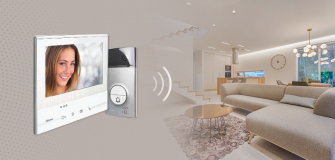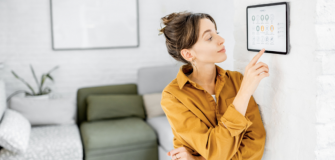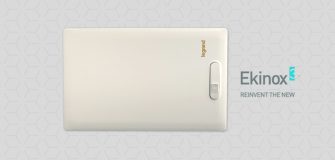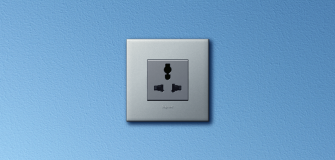While technology, especially IoT, is taking over most of the industries today, the healthcare industry is one where people have polar opposite opinions of this change. Healthcare is supposed to be a human-centric, hands-on industry. Where does IoT come into the picture then?
Being the vast ecosystem that it is, there are so many potential avenues for IoT to explore. From smart sensors to remote monitoring, medical device integration, and even disease treatment; IoT has the potential to keep the patients healthy while empowering the doctors to treat ailments faster.
We have curated some ways in which healthcare might benefit from IoT.
Connected Medical Devices

This is already a reality now, in the form of wearable health trackers that send alerts to nearby hospitals and healthcare centers automatically in case of an emergency. All this vital information collected from a person’s body can be stored on the Cloud, for healthcare experts to easily refer to.
This would also lead to gauging abnormalities and potential illnesses well in advance with the daily information already available.
Cognitive Patient Care
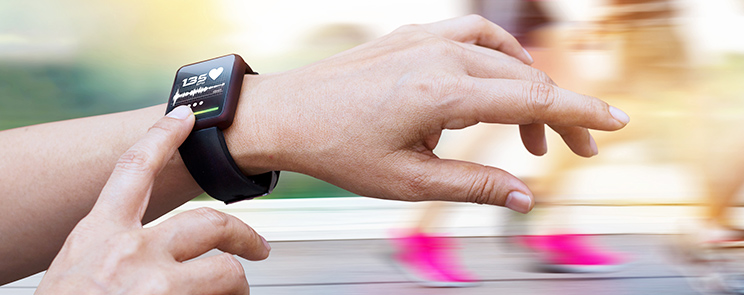
Imagine going into a hospital and not having to waste precious time filling up forms. Or, waiting for hours on end on an update on a loved one. Or, making countless rounds to-and-from the clinic during medical tests.
Smart hospitals could simplify medical life immensely. Three words: Operations, Clinical tasks, patient centricity.
IoT could build automated systems that manage and maintain assets and logistics smartly, making the entire process completely computerized. It could provide constant monitoring of the patients, and instant alerts in case of a change in situations. As for patient centricity, a smarter room means voice activation, one-click doctor recall, automatic light, temperature, humidity, angle of the bed control, and so much more.
All the rooms could also be connected, so keeping track of the activity of one, means keeping track of all. Patients could also have access to real-time progress of their health.
Yet another possibility is the rise of Assisted Living facilities, led by the Internet of Things. like Legrand’s NEAT – which includes a range of solutions that promote quality of life for seniors living at home or in specialized institutions. This is done through dedicated products including easy-fit sockets, lighting paths to prevent falls, nurse calling systems or terminals for remote assistance. But this is just one example of a brand, the scope of expansion by other brands is yet unexplored.
From better monitoring to self-reporting, the future has only just begun.

















